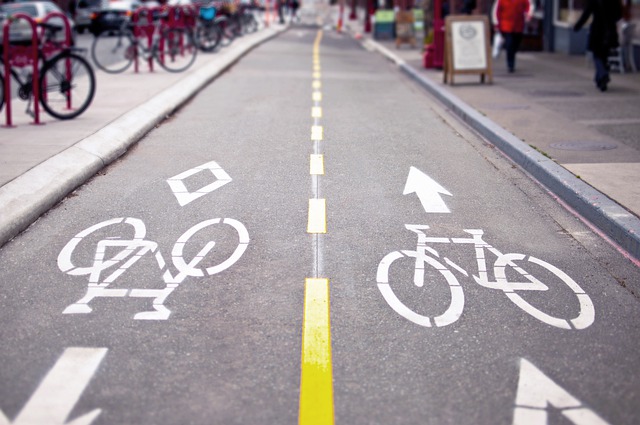I presume that Owen Keegan, Chief Executive of Dublin City Council, was speaking in a personal capacity when he addressed what this paper reported as “a cycling symposium in Dublin in recent days, attended by a delegation of cycling experts from Amsterdam”. The report did not say who had organised or financed the symposium or exactly where or when it happened.
He urged a more “aggressive” plan to restrict road space for cars so as to provide more cycle lanes in the city.
He was also reported as saying that city councillors would “play a key role in bringing citizens with us, or not as the case may be”.
But that phrase “or not as the case may be” is problematic. City councillors are elected by Dublin’s citizens. Those citizens are entitled to decide on the future of their city, including decisions on the balance between cars and bikes, buses and taxis, and the allocation of road and street space between them. Dubliners are entitled to be consulted on such decisions as they affect their local environments, and their mobility needs as citizens.
The city manager, as his post used to be known, is an executive; policy is a matter for elected representatives. Sadly, the distinction can be blurred as happened in the case of the manager’s pet project, the proposed white water rafting facility for Custom House dock. In that case, the majority of elected members of the Council was led somewhat sheepishly to support a proposal which had no mandate or support among the great majority of their electorate.
The suggestion that there should be a significant reduction in on-street parking is striking. The Council’s premises at Wood Quay has a very extensive and elaborate off-street underground car park which is not open to the public.
Transport Infrastructure Ireland has convinced itself (but has not convinced may others) that its BusConnects programme will radically alter our urban transport system. TII engineers may see bus transport as a solution to the problems of road congestion. But car use is essential for many, many citizens whose movements and needs will simply not be served by a network of radial or circular bus lanes.
Bringing toddlers to and from creches and doing the weekly shop can’t be done only by bike or bus return journeys. Adding twenty or thirty euros in taxi fares to the cost of weekly shops, bringing children to sports venues, and visiting elderly parents in need of care is a serious matter for those who cannot travel conveniently by bus
Much of our present road congestion has been deliberately created in order to favour pedestrians and bike-lanes. Traffic light sequences have been deliberately altered to impede traffic. That is all very well for the engineers, but the residents of streets such as Church St in Dublin are now living with newly created twelve hours per day of traffic jam and the associated air pollution side-effects. The city council’s traffic radio service cheerily reminds cross-city commuters that these jams can be avoided by taking to bikes.
Maybe the million electric cars airily promised for 2030 will address the pollution aspects of traffic congestion: maybe there will be a case for centre-city congestion charges for private cars. But greater Dubliners, and that includes commuters from Wicklow, Kildare, Meath and Louth, are entitled to see the granular detail of what is planned and proposed, and to understand the potential consequences before they are subjected to an “aggressive” plan devised by unelected executives.
I have no problem with re-imagining Dublin along the lines of Amsterdam. Indeed, I favour building dedicated bikeways in lesser used side streets, roads and laneways where cyclists don’t have to share large parts of their journeys with buses, trucks, vans and cars. An imaginative approach to linking such bicycle arteries by dedicated bridges over canals and rivers and routes through parks and open spaces is badly needed.
Dublin City Council has all the legal tools to engage in serious redevelopment of the inner city. These powers include compulsory acquisition, streetscape planning, and long lease-based development controls to remodel our city and to bring back centre city living for citizens other than hotel customers and student in hostels.
As I have repeatedly written here, it is crazy to leave positive planning to chance opportunities that may or may not present themselves to private housing developers. Laissez faire simply doesn’t build beautifully or sustainably.
These issues are more difficult and demanding for council bureaucrats. But they are far more pressing and in need of “aggressive” pursuit than providing traffic solutions for a dysfunctional and un-planned urban core.
If Dublin City Council, a behemoth with 6200 employees and a budget close to one billion euro, were to tackle issues more fundamental than low-hanging fruit issues like bike-car balance, it would be a happy day.

